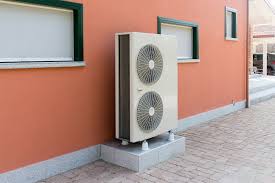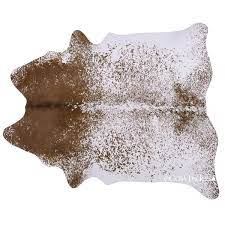Heat pumps are becoming increasingly well-known as a green and efficient solution to heat and cool homes. They function by transferring heat, rather than creating it by burning, making them an environmentally sustainable option to control the climate. Here’s a comprehensive guide for understanding heat pump (tepelné čerpadlo) as well as their advantages and uses.
How Heat Pumps Work
In their fundamentals, heat pumps operate on the principle of heat transfer. They use a refrigeration cycle similar to one used in refrigerators and air conditioners, to move heat from one location to another. In the winter months, a heat pump extracts heat from the outdoors air (even when it’s cold) and then transfers it to indoors to bring warmth. In summer, it reverses the process and act like an air conditioning unit, expelling indoor heat to the outside.
Types of Heat Pumps
Air Source Heat Pumps (ASHPs) are are the most common and make use of the air outside as a source of heat or sink. They are relatively simple to install and can work effectively in a range of climates.
Ground Source Heat Pumps (GSHPs) are also referred to as geothermal heat pump, these systems make use of the stable temperatures of the earth. They involve burying the piping loop underground to transfer heat. They are generally more efficient but involve more expensive installation due to the need for ground excavation.
Water Source Heat Pumps They extract heat from water sources such as a lake or pond. They are highly efficient but they need to be near the right water body.
Benefits of Heat Pumps
The efficiency of energy: Heat pumps are highly efficient, usually delivering 3-4 times more heat energy to a house than the electrical energy they consume. This efficiency leads to lower energy bills and reduced environmental impact.
The environmental impact: Through reducing dependence on fossil fuels, and reducing greenhouse gas emissions heating systems are a greener option as compared to traditional heating systems like oil or gas furnaces.
Multi-functionality: Heat pumps provide both heating and cooling and are therefore a all-year-round solution. They can be integrated with existing systems or combined with solar panels in order to reduce energy costs.
Considerations
Climate Suitability: While heat pumps are able to function in different climates, their efficiency may reduce in cold temperatures. Certain models are made to work effectively even in extreme winter conditions.
Installation Costs: The initial installation can be costly especially when it comes to ground sources. However, the long-term savings on energy bills and possible incentives from the government can offset these costs.
Maintenance It is important to maintain your equipment regularly to ensure maximum performance and durability. This includes checking levels of refrigerant, cleaning the filters, and examining components.
In short, heat pumps offer an eco-friendly and efficient solution to control indoor temperature. Understanding the various kinds and the benefits they offer can help you make an informed choice about whether a heat pump is the right choice for your home.


